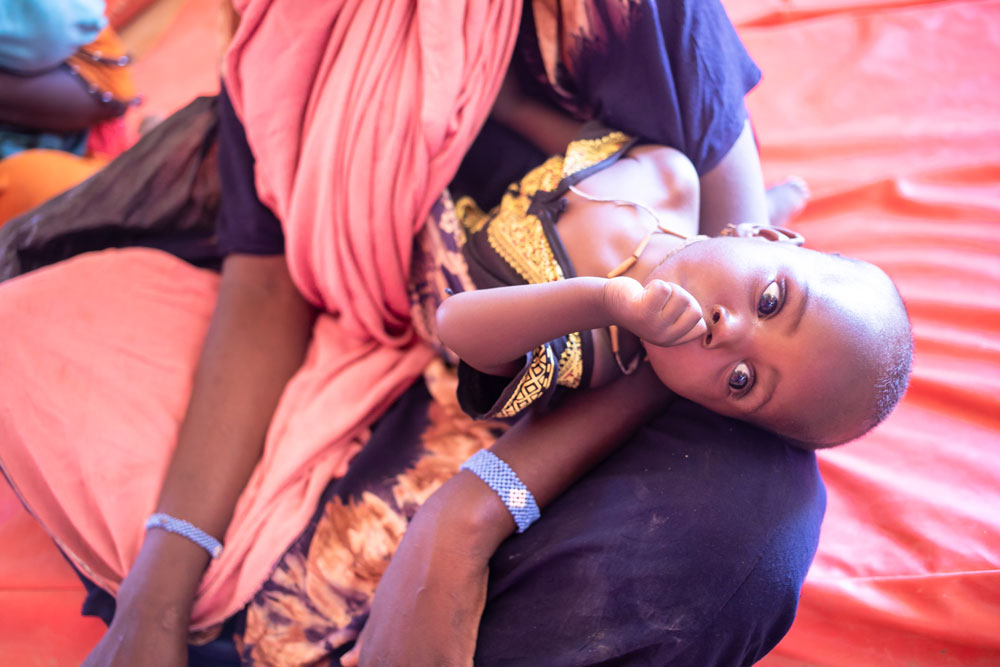“Today in Somalia, every single minute of every single day, a child is admitted to a health facility for treatment of severe acute malnutrition. The latest admission rates from August show 44,000 children admitted with severe acute malnutrition. That is a child per minute.
“A child whose mother has walked for days to get her child help. A child whose body is fighting to survive. A child whose life hangs in the balance.
“Severely malnourished children are up to 11 times more likely to die of diarrhoea and measles than well-nourished children. With rates such as these, Somalia is on the brink of a tragedy at a scale not seen in decades.
“And, of course, the children behind this staggering, appalling statistic are those who actually make it to a treatment centre. In a country where access to the most vulnerable is continually hampered by terrorism and threats to aid workers, we fear many thousands more children are not reaching the support they need.
“In response:
- UNICEF is deploying mobile teams to ‘find and treat’ children with malnutrition, thus seeking to reach children in hard-to-access locations;.
- We have treated more than 300,000 children this year for severe acute malnutrition.
- UNICEF’s emergency water trucking has reached 500,000 people in just the last three months.
“But funding challenges remain. Whilst substantial funds have come in over the past months – thanks to USAID, the UK Government, and the European Commission – long-term funding is part of the critical change needed to prevent famine from happening, again, and again. For instance, UNICEF’s three-year appeal to help families and their communities build resilience in the Horn of Africa region is currently just 3 per cent funded.
“When people speak of the crisis facing Somalia today, it has become common for frightful comparisons to be made with the famine of 2011 when 260,000 people died. However, everything I am hearing on the ground – from nutritionists to pastoralists – is that things today actually look worse.
“In 2011, after three failed rains, the affected population was half of what it is now, and the overall conditions – rain and harvest – were on the mend. Today: it’s been four failed rains; the forecast for the fifth rains is looking pretty grim, and the affected population is twice the size of 2011. Things are bad and every sign indicates that they are going to get worse.
“Without greater action and investment, we are facing the death of children on a scale not seen in half a century.”





